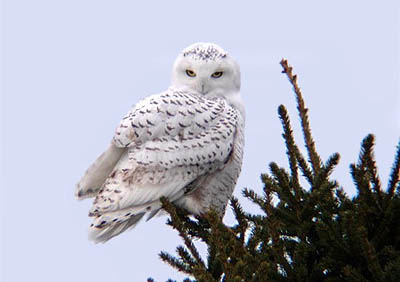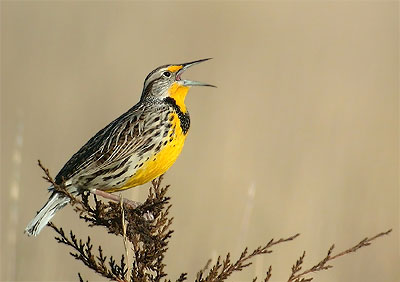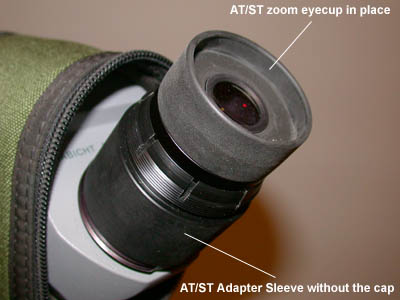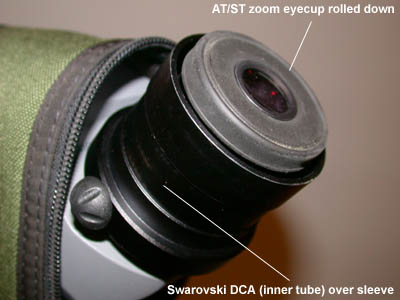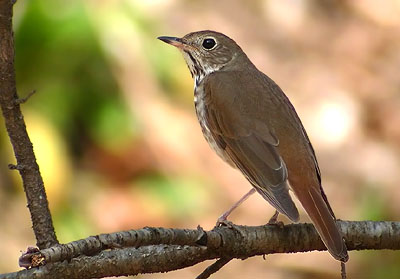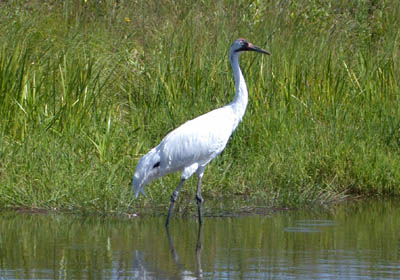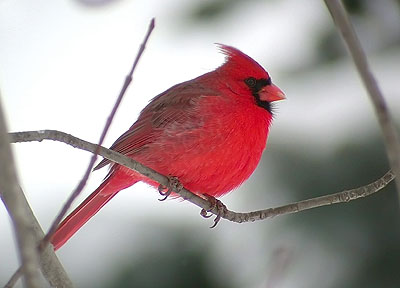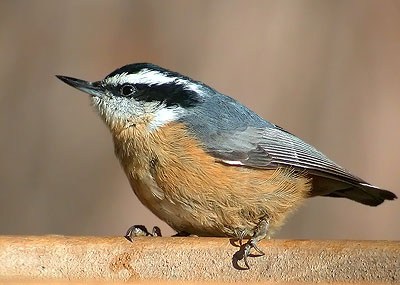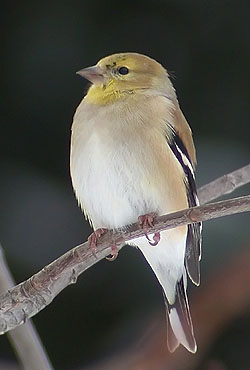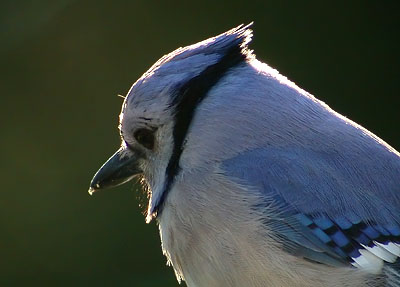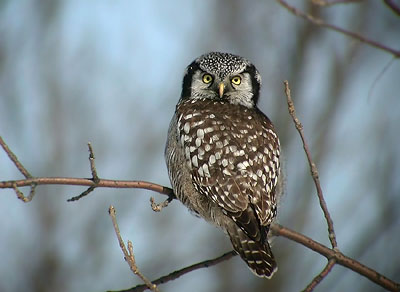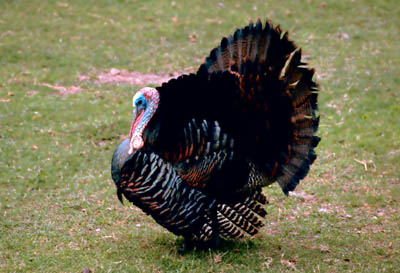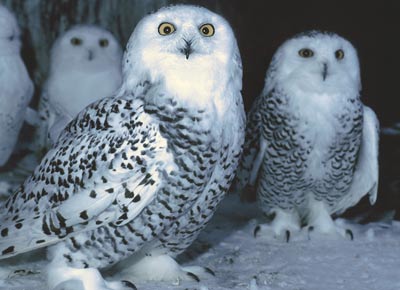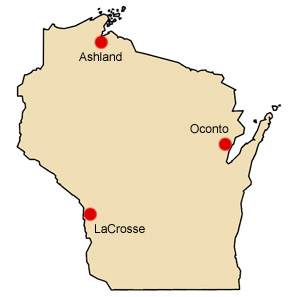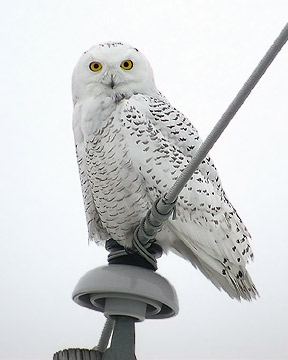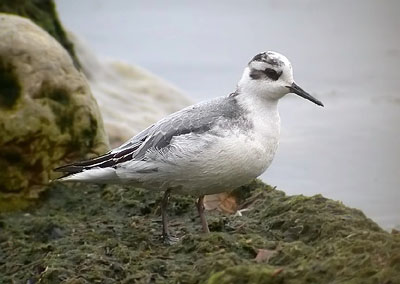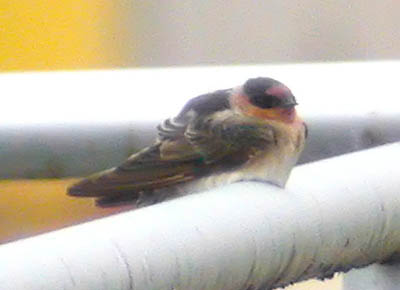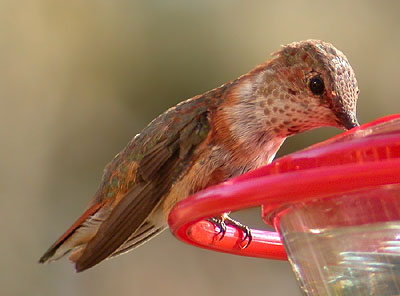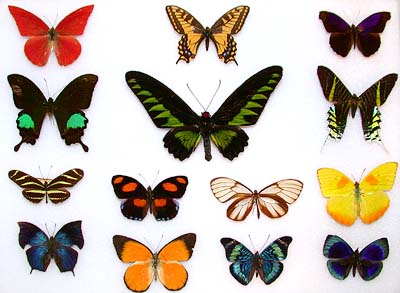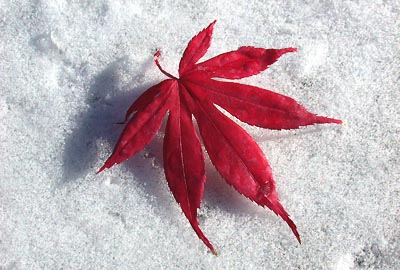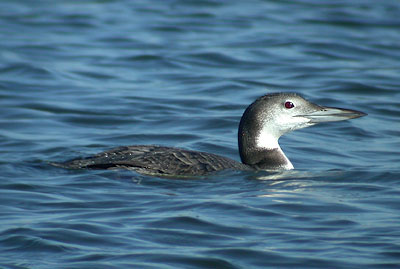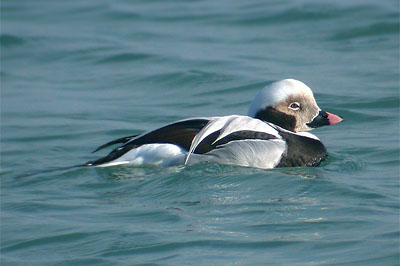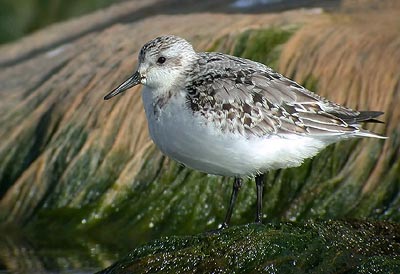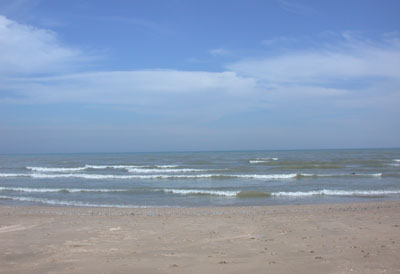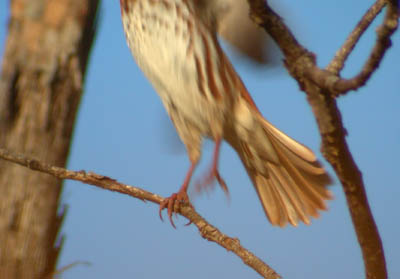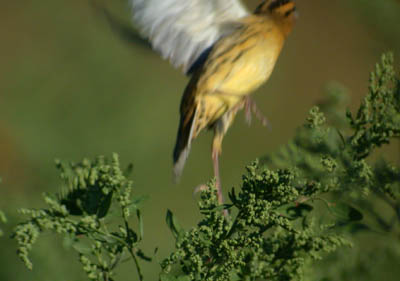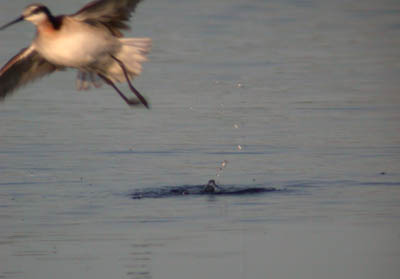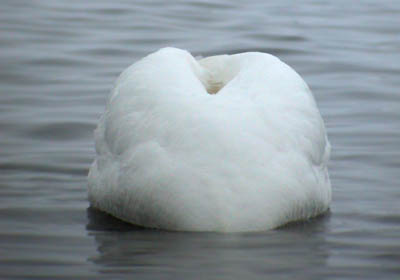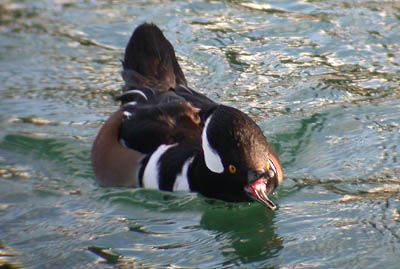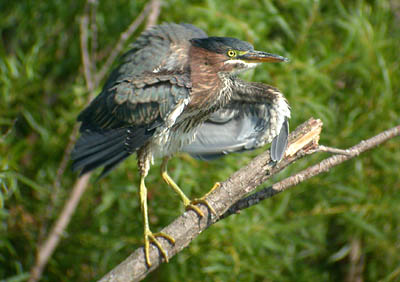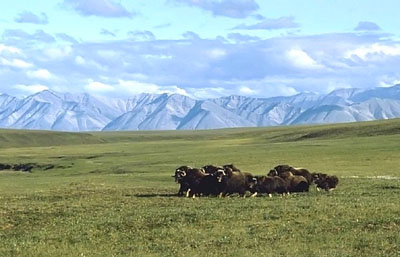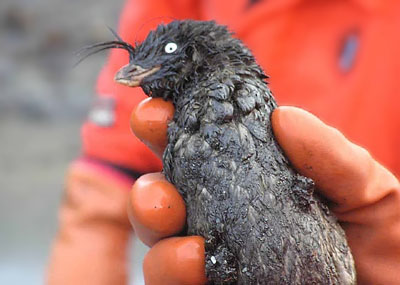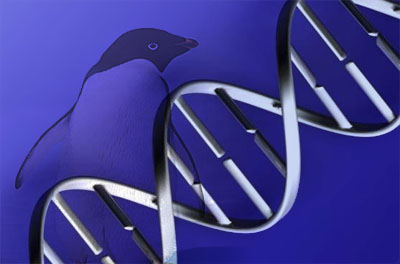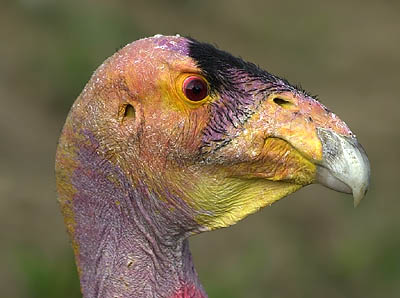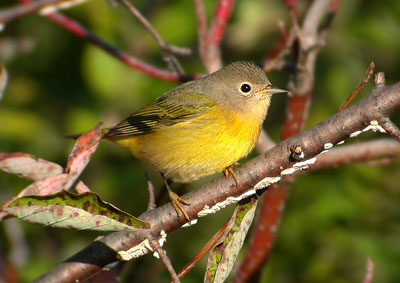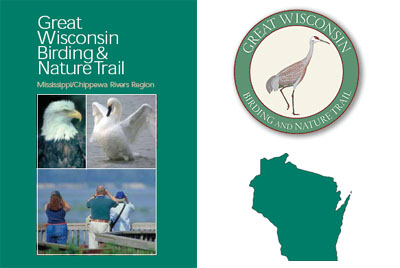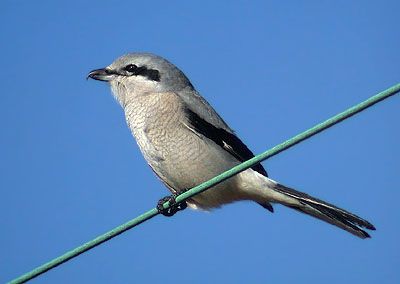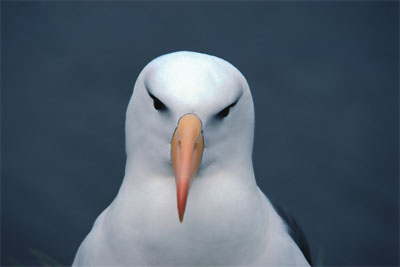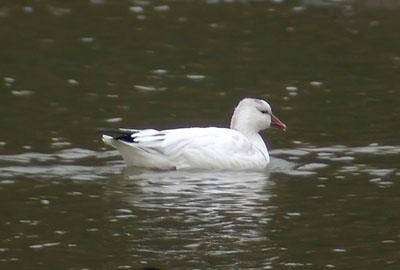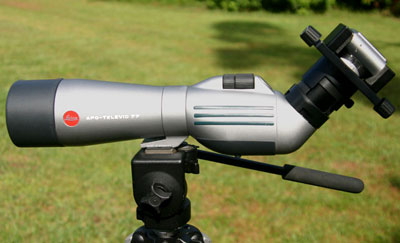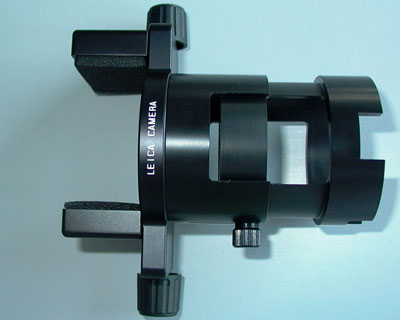
I found March of the Penguins to be a beautifully filmed nature documentary – a veritable visual masterpiece. As a nature photographer, it’s impossible for me to watch such a film without wondering about the photographer’s perspective and also appreciating the technical and logistical achievement. I purchased the DVD last night and was very pleased to find an hour long documentary about the documentary titled "Of Penguins and Men" included in the special features.
I was gripped watching Luc Jacquet and his team endure the harshness of Antarctica. There were echoes of Shackleton watching them battle high winds while trying to artistically capture the penguins on film. Sans anthropomorphic fluff, I also learned the full extent of the hardship Emperor Penguins suffer in a year’s time – images that might have traumatized younger viewers and tested the G-rating of the movie. This time they didn't leave out the teeth, blood and brutal aftermath. A blizzard hits with whopping 90MPH winds killing nearly a quarter of the chicks - they show the fuzzy corpses dotting the landscape...Jacquet's solemn commentary, “It was like attending a funeral.”
Of course it’s upsetting, but as much as I appreciate documentaries showing the lighter side of nature, I don’t always want the experience to be sugarcoated with sentimentality. To me, telling the whole story of the survival of such enigmatic critters makes me revere them all the more.















